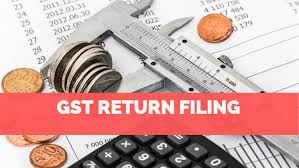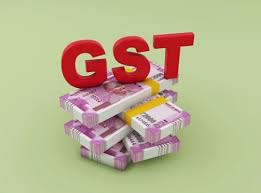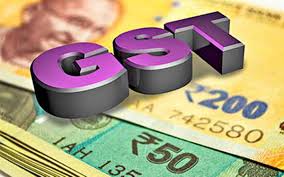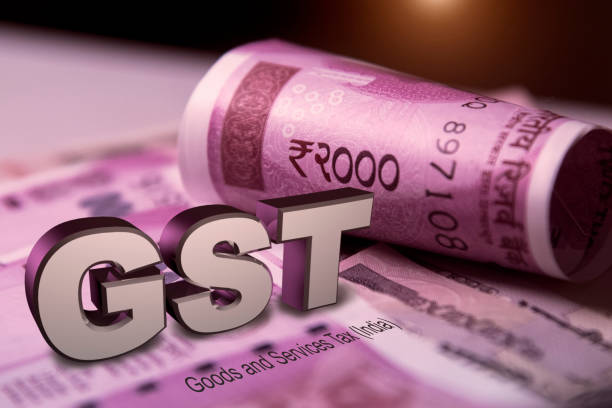GST online registration -Advantages and disadvantages
GST filing is essential. The Goods and Services Tax (GST) is a comprehensive indirect tax on all transactions of goods and services across India. GST will be levied on fees for all international and domestic transactions for both business and personal accounts registered in India. The collected invoice will be shared with you at the end of each month. Merchants / Freelancers may be eligible for a refund or will be charged GST. This method allows GST-registered businesses to claim a tax credit on the value of GST paid on purchases of goods or services as part of their normal business activity.

GST Filing
In exchange for GST or Goods and Services Tax, a number of different taxes were levied which were levied by the Central and State Governments on various products or services. When it was implemented in 2017, the GST Act was passed in the year 2019. Taxpayers have to pay only one tax.

GSTR-1
Suppliers must validate the self-generated purchase information of the external supply of their goods and services. The form contains the following details.
Business name, period for which tax is file,and GST Identification Number (GSTIN).
Income tax assessment and tax collection last month.
Progress has been made in favour of supply.
Improving last month’s sales invoices.

GSTR-2
Taxpayers will have to provide the following details in this form during their GST filing in Chennai T.Nagar.
The name of the business, the period for which the tax is file, and the GSTIN.
Issue and collect invoices in the last month.
Progress received for future delivery orders.
Revision of previous month’s sales and invoices.
GSTR-3
Taxpayers who fill up this form have to submit their details to GSTR. – Updated electronically with 1’s and 2’s. Taxpayers must check and verify the above forms when necessary, and the details must also be given below.
Input tax credit, liability and cash ledger details.
Details of CGST, SGST and IGST tax payments.
Additional payment claim or credit request.

GSTR-4
Businesses with a turnover of up to Rs 75 lakh can opt for the composition scheme and do GST filing in Chennai T.Nagar with the GSTR-form. They pay taxes at a fixed rate depending on the type of their business. When desired to have tax credit facility, they must also provide the following details.
The total value of the supply during the return period.
Details of tax payments.
Buy invoice-like information.
GSTR-5
NRIs must provide the following information when filing this form.
Name and address of the taxpayer with return period and GSTIN.
Details of both outgoing and incoming supply.
Import details with previous refund corrections.
Details of service import with previous service update.
Return from cash ledger, credit and debit details, closing stock, etc.
GSTR-6
Input service distributors must provide the following details when completing their GST registration in Coimbatore Ramanathapuram process. Some details have been update electronically by GSTR-1 and 5 forms.
Similarly,Taxpayer’s name and address details, return period and GSTIN.
Input credit distribution details.
Details of supply received from registered suppliers.
Input credit amount to their current tax period.
Input credit receiver details.
Credit and debit note details.
Tax credits received, converted and distributed under CGST, SGST, and IGST.
GSTR-7
Tax deduction at source Taxpayers must provide the following details in their form. TDS liability is generate automatically. Electronic Cash Ledger Refund will be auto generate.
Address details with taxpayer’s name and return period with GSTIN.
Amount of TDS, contract details and necessary corrections.
Late GST filing in Chennai T.Nagar leads to late fees and interest.
GSTR-8
E-commerce operators must provide the following details in their GST filing in Chennai T.Nagar along with the GSTR-8 form.
Personal details such as return period and name and address with GSTIN.
Payment details to registered persons and necessary corrections in previous tax payments.
Supply details to persons without registration.
TDS details.
Details of late payment and late payment interest, with automatic-population tax liability.
GSTR-9
Filed by general taxpayers, it includes details of both income and expenses. It is compile and assists with monthly returns. This filing must be accompanied by dated copies of annual accounts, and taxpayers may modify previous return filings if necessary.
GSTR-10
To file for GST cancellation, taxpayers must provide the following details when doing GST filing in Coimbatore Ramanathapuram with this form.

Online GST registration Advantages and Disadvantages
High threshold limit
With the implementation of GST standards, the minimum threshold limit for registration has been increase. Earlier, under the VAT regime, all businesses with a turnover of more than Rs 5 lakh (different limits in all the states) had to pay VAT. However, under the new GST regime, the threshold has been raise to Rs 20 lakh in providing relief to many small service traders.
Low number of compliance
Under the previous tax regime, both service tax and VAT expanded to different compliance. For example, excise returns were file monthly while in the case of service tax, companies and limited liability partnerships file them monthly, and partnership and ownership file them on a quarterly basis. In contrast, in the case of VAT, the amount of compensation pay varies greatly. However, with GST in the picture, taxpayers will now have to file only one return.

Disadvantages of GST
Increase in operational costs
GST directed businesses to update their old accounting in GST-compliant software or ERP to continue their business. However, with staff trained to use GST-compliant software, the cost of purchase, installation of software, and costs can be quite significant. Also, adhering to GST standards has increased operational costs for small businesses as more companies are now forced to hire tax professionals to become more GST-compliant.
SME For more tax burden
Under the old tax regime, only an annual turnover of Rs. Only industries worth Rs 100 crore had to pay excise duty. However, under this new tax regime, an annual amount of Rs. Businesses with a turnover of more than Rs 40 lakh will have to pay GST
Compliance burden
This tax regime has made it mandatory for companies to register with GST under all states. The whole process of registering with the regulatory body, issuing GST-compliant invoices, keeping digital records and filing returns has increased the emphasis on SMEs and other notables.


